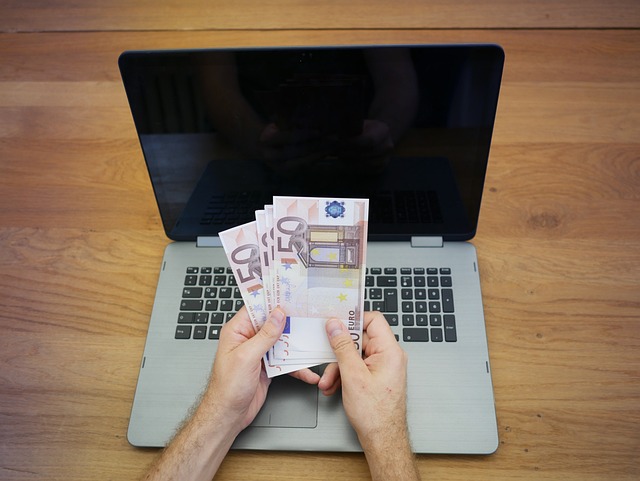Payments in VR gambling environments face a unique balancing act. Users expect immersive, instant experiences, but real-money transactions still require security, regulation, and user consent. Done poorly, payments break immersion. Done well, they become nearly invisible.
This post looks at the current realities and trade-offs of implementing payments in VR gambling apps—from wallet design and biometric authentication to how friction affects engagement and retention.
The Challenge of Payments in Immersive Spaces
In flat-screen apps, payment friction is familiar: password prompts, 2FA, app switching. In VR, those same steps can feel clunky or immersion-breaking. Taking off the headset to approve a transaction on your phone undermines flow and reduces playtime.
At the same time, compliance and fraud prevention demand explicit user confirmation, especially in regulated markets. The goal is to minimize breakage without compromising trust.
Wallets: Hot, Linked, or Embedded?
The first decision point is how users store and access their funds. VR platforms typically use one of three wallet models:
Hot Wallets (Native to App)
- Funds are stored in an account linked directly to the VR app
- Low friction, fast in-game transactions
- Requires robust backend security and fraud controls
- Risk of over-depositing due to “invisible” spend
Linked Wallets (External Crypto or Fiat Wallets)
- User authorizes spend from an external wallet (e.g., MetaMask, Apple Pay)
- Adds friction (confirmation outside the headset)
- Supports flexible funding but may interrupt flow
- Good for higher-value transactions or cashouts
Embedded Wallets (Custodial w/ VR UX Layer)
- Custodial funds system with wallet actions triggered via VR-native prompts
- Uses simplified interfaces (e.g., gaze-based or gesture confirmation)
- Ideal for microtransactions and session-based spend limits
- Requires clear UX guardrails to avoid accidental spend
Biometrics: A Natural Fit with Risks

VR headsets already collect biometric data—eye tracking, facial geometry, hand gestures. These can be used to verify identity or confirm purchases, but only if done carefully.
Use Cases for Biometric Auth:
- Confirming identity for wallet access
- Approving transactions with gesture or gaze
- Preventing unauthorized use (e.g., minors or guests using the headset)
Risks to Manage:
- False positives: Misread gestures or inputs can trigger unintentional spend
- Data privacy: Biometric misuse or poor storage opens compliance and reputational risks
- Regulatory limitations: Not all markets accept biometrics as standalone authentication
Quick Rule of Thumb:
Use biometrics for flow, not for trust. Pair them with a secure fallback (PIN, passcode) for high-value or first-time transactions.
Reducing Friction Without Increasing Risk
Friction is a double-edged sword. Too little, and users lose control of spending. Too much, and they bounce before completing deposits.
Here are effective tactics to balance both:
- Session-based confirmation windows: Let users approve multiple microtransactions after a single consent
- Soft limits and nudges: Display spend warnings inside VR when thresholds are reached
- One-tap opt-ins for bonuses or rakeback: Reduce steps for low-risk, high-retention actions
- Haptic or auditory confirmations: Reinforce key transaction points without interrupting gameplay
Table: Friction Points and Smart Alternatives
| Standard Friction | Smart VR Alternative |
|---|---|
| App switch to confirm | In-headset gesture or gaze auth |
| Manual PIN entry | Biometric + fallback PIN flow |
| Transaction receipt pop-ups | Haptic + audio cue, summary post-round |
| Email confirmation | Secure session token + timeout |
UX Priorities for VR Payments

To design effective payment flows in VR:
- Prioritize timing: Trigger payments only at natural pauses, not mid-play
- Minimize visual clutter: Use simplified prompts with spatial consistency
- Support undo actions: Let users cancel or review before finalizing
- Make terms visible: Transparent display of amounts, fees, and wallet balance in VR HUDs
The best payment experiences feel like part of the world—not an interruption.
Final Takeaway: Invisible but Intentional
VR payments should feel seamless, but never careless. The best designs combine low-friction access with high-trust mechanisms, using biometrics, wallet integrations, and smart prompts to keep users immersed without losing control.
For gambling platforms, the challenge is not just building payments that work—it’s building payments that feel native to how players move, act, and think in a virtual world.
